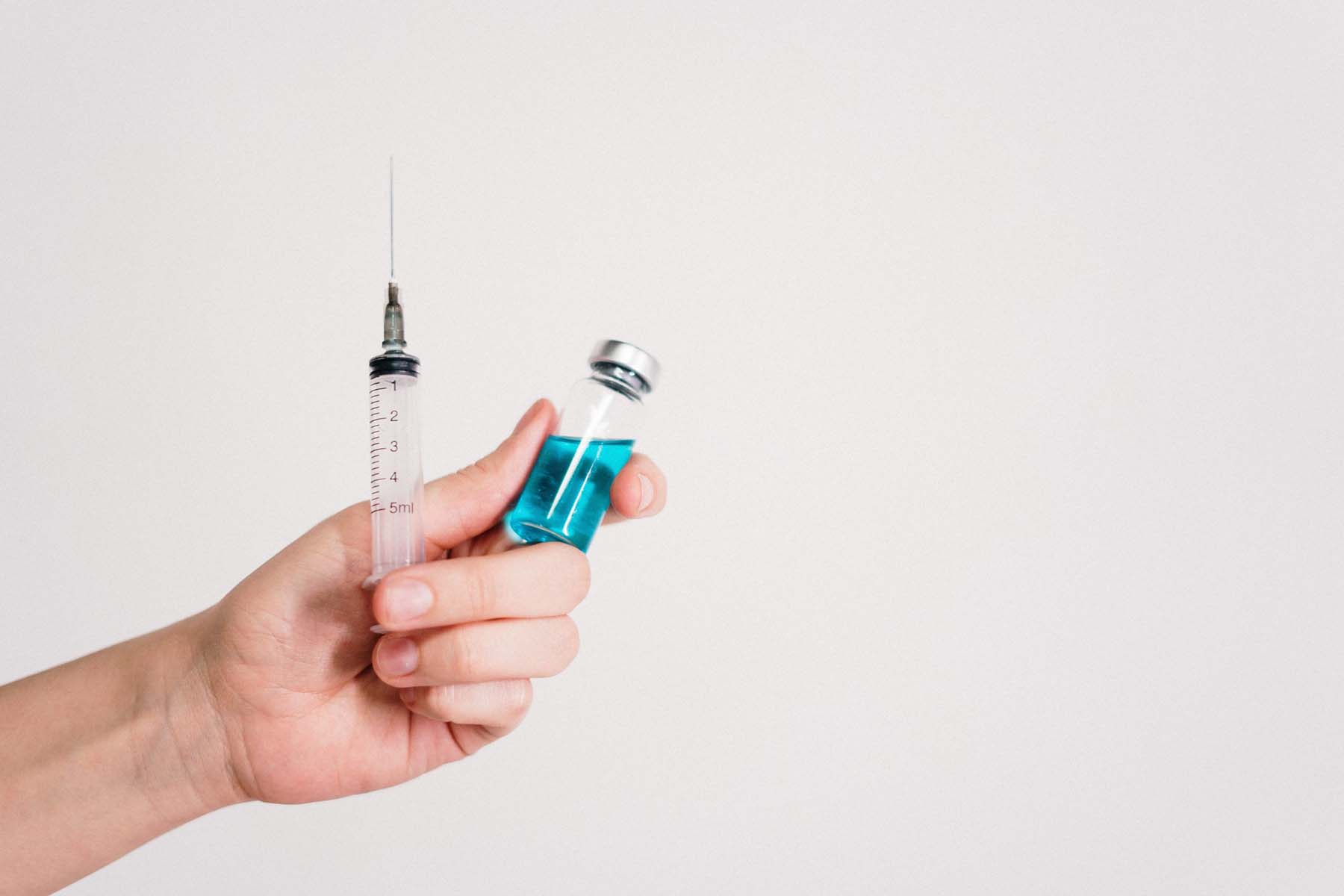Injectables
Why Injectables?
There are many treatments for keloid and hypertrophic scar. In addition to corticosteroid injections many other chemotherapeutic agents have become popular as injectable anti-scarring agents.
5-Fuorouracil (5-FU)
5-FU is a medication used to treat cancer. 5-FU can also be an effective treatment for keloid scars, especially during the first 5 years of appearing. Possible side effects are wound ulceration, hyperpigmentation (skin becomes a darker colour) and pain. The triple combination of 5-FU, corticosteroids and Pulsed Dye Laser is a successful joint treatment for keloids.
Interferon
Interferon subdermal injections are believed to increase collagen breakdown. Evidence is mixed, some studies demonstrate a positive impact on keloid prevention, reoccurrence and size reduction, other studies show no such benefits. Side effects, such as flu-like symptoms and pain at the injection site, as well as the expense of treatment limit the use of interferon therapy.
Bleomycin
Bleomycin is known as an anticancer agent. Bleomycin can suppress collagen production and activate apoptosis (reduction) of fibroblasts. Recent studies have shown that keloid and hypertrophic scars are considerably improved by intralesional bleomycin injection. Intralesional multiple injections given 2 – 6 times within a month, may be an effective treatment for hypertrophic and keloid scars that have been unresponsive to previous intralesional steroid injection, such as for patients with old scars. A recent study suggests that bleomycin may be a more effective choice for keloid and hypertrophic scar than other treatments including corticosteroids, 5-FU, combination of corticosteroids and 5-FU, and corticosteroids combined with cryotherapy. The possible side effects of bleomycin include ulceration, hyperpigmentation (darker skin), pain and pruritus (itch).
Botulinum Toxin A (Botox)
Botulinum toxin A is a neurotoxin that causes a temporary paralysis (total weakness) of a muscle for a period of 2–6 months. Paralysing a muscle next to a scar may reduce the repeated tension on the scar which may improve scar appearance. A recent study showed that intralesional injection of botulinum toxin type A was more effective in reducing hypertrophic and keloid scar than corticosteroid intralesional injection or placebo (no treatment) and caused less pain following injection. Side effects of Botulinum toxin A Toxin include unintended paralysis, rash and flu-like symptoms.
Verapamil
Verapamil is a calcium channel blocker that alters fibroblast shape and reduces collagen production. The results with Verapamil are similar to intralesional corticoid injections, but corticosteroids seem to achieve these results faster. Verapamil has less reported side effects than corticosteroids.
Fat Injections
Lipofilling, also known as fat grafting, is a cosmetic procedure that involves taking fat from one area of your body and transferring it to another area. The procedure can be used to fill in areas that have lost volume due to aging or to add volume to areas that are naturally flat or have been affected by scarring.
When you have a scar, the skin in that area has been damaged and may have lost some of its natural elasticity and volume. Lipofilling can help to restore some of that lost volume by injecting fat into the affected area. The fat can help to smooth out the surface of the skin and reduce the appearance of the scar.
One of the biggest benefits of lipofilling is that it uses your own fat, which means that there is no risk of rejection or allergic reaction. After the procedure, you may experience some mild discomfort, swelling, and bruising in the treated area. You will need to avoid strenuous physical activity for a few days and may need to wear a compression garment to help reduce swelling. Most patients are able to return to work and other normal activities within a week or two.
F.A.Q.


